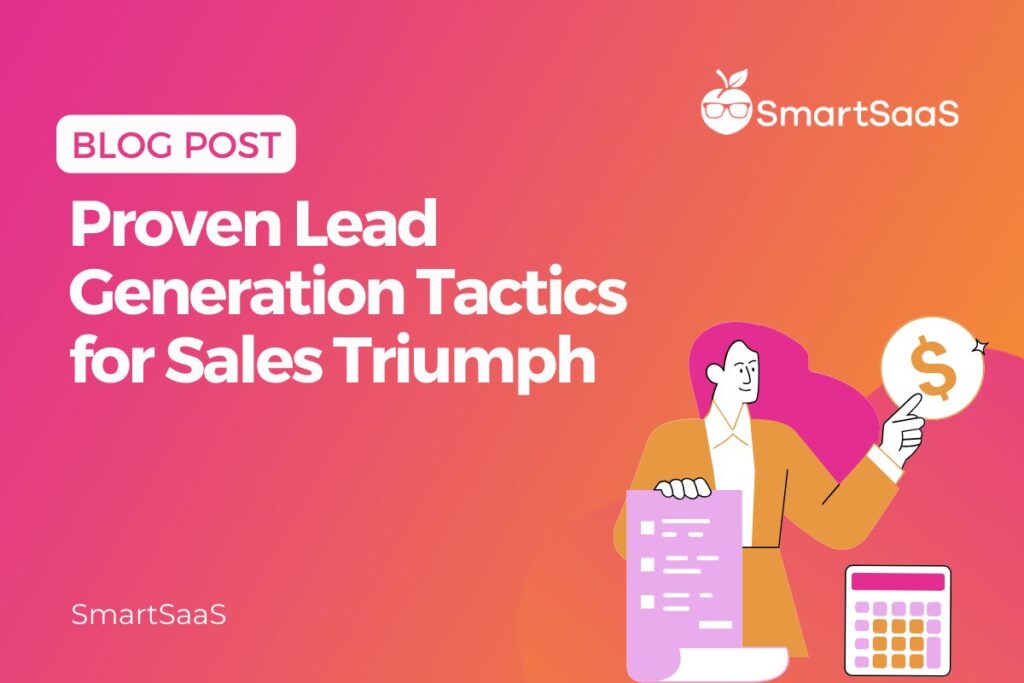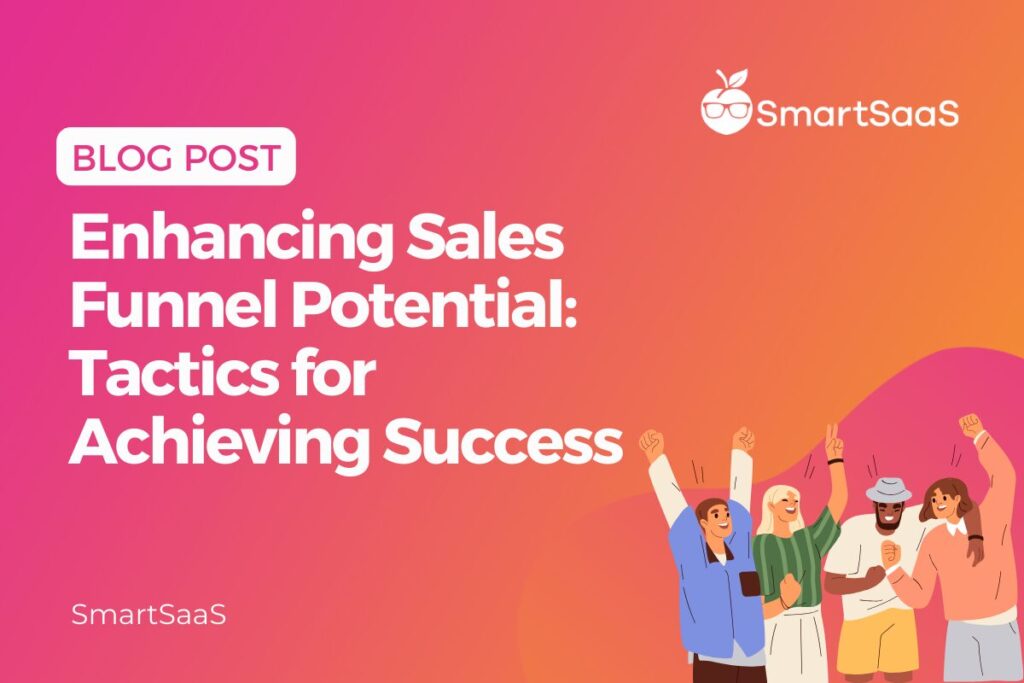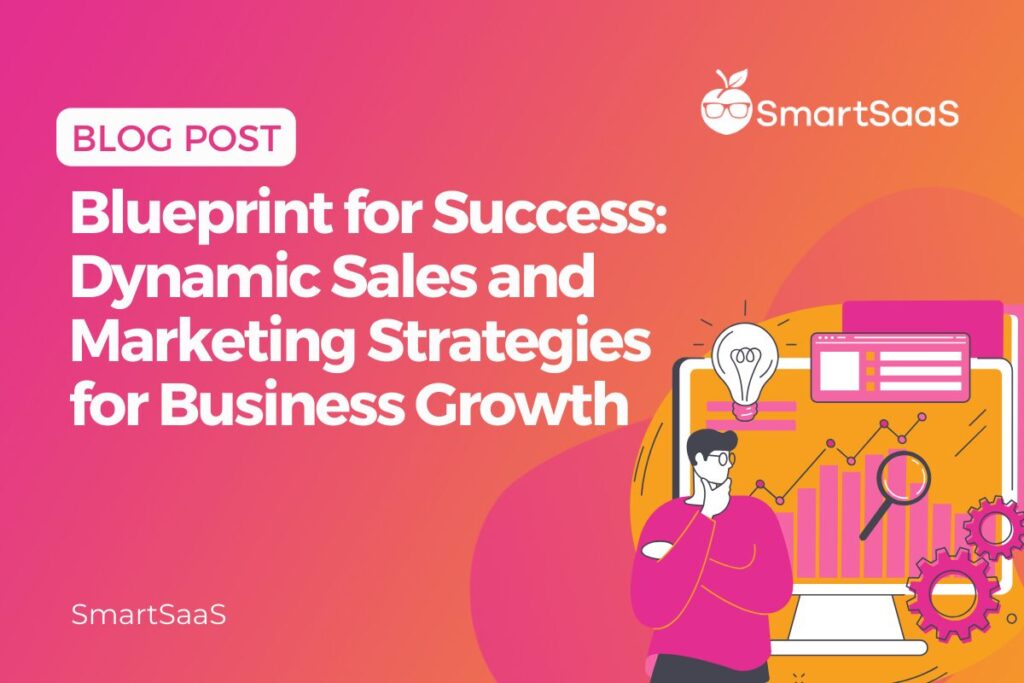Synchronized Multichannel Strategy: Boosting Outreach with a Cohesive Approach

Are you familiar with the concept of sales cadence and its significance for your company? If this is new to you, don’t worry, we’re here to help. This blog will explore the fundamentals of sales cadence, its necessity for your business, and the essential elements required for its effective implementation.
What is Sales Cadence?
Simply put, a sales cadence is a timeline of sales activities and methods that your reps follow to engage leads. It’s the steps you take to contact a prospect and get them to agree to a face-to-face meeting. For example, if a lead fills out a form on your site, your sales cadence tells you when and how to contact them (e.g., email on day 1, call on day 2, send a follow-up message on day 3, etc.).
A well-defined sales cadence can make your sales process run more smoothly and efficiently. Here’s why:
Consistency:
A sales cadence provides a set of specific and common procedures for reps to follow, ensuring consistency in your sales process.
Monitoring and Measuring:
A sales cadence makes monitoring and measuring your sales process easy, making managing and optimizing it simpler.
Speeding up conversions:
A sales cadence removes potential choke points or leakages, speeding up your conversions.
Scaling:
A sales cadence allows you to quickly scale up your sales process, such as growing your team or doubling your pipeline.
What You Need for a Sales Cadence to Work
To make sure your sales cadence works as advertised, you need a few things:
Multiple channels:
A modern sales cadence requires at least three channels (emails, phone calls, and social media) to make an impact.
Multiple touches:
It takes 6 to 13 touches before you can generate a valid lead, so make sure your sales cadence includes multiple touches.
A CRM platform:
You need a tool to monitor all of these activities, and that’s where a CRM platform comes in handy.
12 Steps to Winning Over Prospects
Are you tired of sending out countless emails and making endless phone calls to potential clients with little to no response? Don’t give up just yet! Follow these 12 steps to turn those cold leads into warm prospects.
Step 1: The Cold Email
First impressions matter. Introduce yourself, your company, and what makes you unique in a way that will grab their attention. Show them why they should choose you over the competition.
Step 2: LinkedIn Connection Request
Personalize your message and find a common interest or connection to make a genuine connection. After all, people buy from people they like and trust.
Step 3: Phone Call
Be bold and pick up the phone! Establish a connection and briefly discuss your offering. Remember, you’re not trying to make a sale just yet; you’re simply introducing yourself and your company.
Step 4: Follow-Up Email
Address any questions or objections mentioned during the phone call. This shows that you were listening and cared about their concerns.
Step 5: LinkedIn Comment or Share
Engage with their content by leaving thoughtful comment or sharing their post. This will show that you’re interested in what they have to say and want to support them.
Step 6: Phone Call
Follow up on your previous conversation and provide additional information or resources. This will demonstrate that you’re serious about helping them and are willing to go the extra mile.
Step 7: Email with Case Study or Testimonial
Share success stories from clients in their industry. This will help them see the value in your offering and how it can benefit their business.
Step 8: Social Media Interaction
Like or comment on their content on relevant platforms. This will keep you top of mind and show that you’re interested in what they have to say.
Step 9: Phone Call
Attempt to schedule a meeting or demo to discuss your offering in more detail. This is your chance to showcase your expertise and show them how you can help their business thrive.
Step 10: Email with a Personalized Video
Create a short, engaging video that addresses them by name and highlights the benefits of your solution. This will help you stand out from the competition and demonstrate your creativity.
Step 11: Direct Mail
Send a personalized, handwritten note or a small, relevant gift that shows your commitment to helping their business succeed. This will leave a lasting impression and show that you’re willing to put in the effort to win them over.
Step 12: Final Phone Call
Make one last attempt to connect and discuss your offering, mentioning any interactions during the previous steps. This will show that you’re persistent and genuinely interested in helping them succeed.
By following these 12 steps, you’ll be well on your way to winning over even the toughest of prospects. Remember, it takes time and effort, but persistence pays off in the end.
Selling Like a Pro: Sales Cadence Examples That Work
Do you need help creating a sales cadence that actually converts prospects into paying customers? Don’t worry, you’re not alone. Crafting a winning sales cadence can be daunting, but you can create a compelling and enjoyable sales process with the right inspiration.
Here are some proven sales cadence examples that you can borrow from to create your own winning formula:
Example 1:
- Day 1: Email/InMail
- Day 3: Email in the morning, Call in the afternoon
- Day 5: Call in the morning, Call with a voicemail in the afternoon
- Day 7: Email in the morning, Call in the afternoon with a voicemail
- Day 10: Email and call in the morning
Strengths:
Uses all three key channels (email, phone, and social): This sales cadence is effective because it utilizes all three communication channels commonly used in sales. This increases the chances of reaching out to prospects at a time and in a way that they prefer. The sales team can establish a more meaningful relationship with the prospects by diversifying communication channels.
Leverages the law of immediacy: This sales cadence utilizes the law of immediacy, which suggests that sales reps should reach out to prospects in a timely manner to improve the chances of conversion. The touches are spread over a ten-day period, which is short and short. This approach helps maintain interest without overwhelming the prospect.
Uses both live phone calls and voicemails: By using both live phone calls and voicemails, this sales cadence increases the chances of reaching out to the prospect. Live phone calls can help build trust and rapport, while voicemails can be effective in reminding prospects of the sales pitch.
Improvements:
Uses too few touch points: This sales cadence may need more touch points to be more effective. According to most studies, generating a valid lead may take up to 13 touches. Adding a few more touchpoints could improve the chances of reaching the prospect and establishing a relationship with them.
Waits until day 3 to place a call (calling on day 1 for inbound leads would work well): This sales cadence waits until the third day to place a call after sending the initial email. This delay could reduce the chances of reaching out to a prospect. If this were an inbound lead, calling on day 1 would work well because they are already familiar with the company and its product or service.
To Wrap Things Up
Having a clearly established sales cadence is vital for businesses aiming to boost their sales effectiveness and conversion rates. This approach involves a series of defined steps for sales representatives to adhere to, promoting uniformity, easing the tracking and evaluation process, and expediting the journey from lead to conversion. Adhering to a 12-step method for engaging prospects, which encompasses the use of emails, phone conversations, social media interactions, bespoke videos, and direct mailing, is instrumental in transforming lukewarm leads into interested potential customers. Key to this process is maintaining persistence and a sincere desire to assist the prospect in achieving their goals. By applying these techniques and strategies, you can develop an efficient sales cadence and enhance your ability to turn leads into successful sales.






Responses